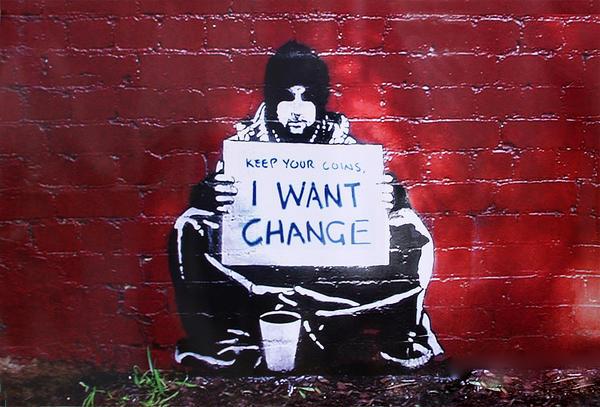Of Defiant Political Art
A couple of weeks ago, I chanced upon an opinion piece written by a columnist who I frequently fangirl over, even if I don’t always agree with his views. In his commentary, the writer had spoken about how impressed he was with Chinese dissident artist Ai Weiwei’s defiant political work and rued that artists closer home didn’t take up such themes, even though there was no dearth of inspiration in this country.
That’s an unfair, blanket criticism of the Indian art fraternity. Several of our artists have confronted (admittedly, with varying degrees of success) unambiguous political themes such as terrorism, sexual violence, Kashmir, and the rise of the extremist right wing, even if none has drawn the kind of international recognition Ai has. Almost on cue, we’ve had the opening of Amar Kanwar’s stunning exhibition The Sovereign Forest — the result of several years of engagement with the multiple crises in Odisha that might lay some of the columnist’s misgivings to rest.
The Sovereign Forest , currently on display at the Max Mueller Bhavan, is a synaesthetic experience that marshals most of your senses, as much an achievement of gallery design and display as the exhibits themselves. Giving the “white cube” convention a miss, the artworks, that range from film, books, and collected objects, are housed within pitch-black interiors, possibly to simulate the feeling of ploughing through an actual, primal forest.
The show’s centrepiece is the 42-minute film The Scene of Crime , which, in contrast to its weighty title, is composed entirely of idyllic visuals of rural Odisha, including slow motion shots of the flowing River, Vansadhara, and scampering calves. Each of these beautiful locations, the interstitial text informs us, is contested and the government is trying to acquire them for a variety of industrial projects that include steel plants, a refinery, and coal-mining.
All the other exhibits reflect the unaddressed human and ecological costs of these developmental missions, in direct and indirect ways. A series of small books are visual documents of the protests against these schemes, which, inevitably, take tragic, violent turns as in the case of Shankar Guha Niyogi, the activist founder of Chhattisgarh Mukti Morcha, who was assassinated in 1991.
The most poignant exhibit for me, though, is hardly ‘artistic’. The seed library is a display of more than 250 varieties of endangered organic rice varieties, bearing such grand names as Rama Bhog and Mahanadi, that are either no longer being cultivated, or will soon cease to be.
It’s a scary prospect that our record of the grains might one day exist only in these meticulous labels and books. The Sovereign Forest is a necessary, if eventually unprofitable, tear in the State’s one-note narrative of development. And it is as political a work of protest art as anything international artists are capable of. If only we’d care to look.
